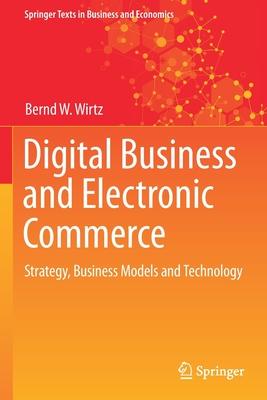Question
The following default-free government bonds are available in the market: Bond A is a 4-year zero-coupon bond, Bond B is an 8-year zero-coupon bond, and
The following default-free government bonds are available in the market: Bond A is a 4-year zero-coupon bond, Bond B is an 8-year zero-coupon bond, and Bond Z is a 5- year 10% coupon bond making annual coupon payments. All three bonds have a face value of $1,000. In addition, the current yield curve for default-free zero-coupon bonds are as follows
maturity YTM
1 5%
2 6%
3 7%
>3 8%
The last row in the above table means that for any maturity that is above 3 years, its corresponding YTM is 8%. a. An investor purchases Bond Z today and re-sells it in 4 years. Suppose the market interest rate for all maturities changes to 8% p.a. at the end of the first year (i.e., a flat yield curve) and remains at that level for 10 years. All coupons are reinvested at the new market interest rate (i.e., 8% p.a.). Determine the realized compound yield over the four-year investment horizon for the investor. (4 marks)
b. (not related to part a) Suppose a commercial bank is obliged to make a repayment of $200,000 in 5 years. To satisfy this financial liability, the bank can form a passively managed bond portfolio today by investing in bonds A and B. No other securities are allowed in this portfolio. Explain how many bonds A and B does the bank need to buy, so that it can satisfy the liability in 5 years? Assume that the bank can buy any fraction of a bond. (5 marks)
c. (not related to parts a and b). Suppose a listed company issued two corporate bonds in the market: Bond D and Bond E. Both bonds have a par value of $1000 and receive a AAA credit rating. Bond D is a 20-year 8% coupon bond paying annual coupons. Bond E share these same bond features (i.e., coupon rates, coupon frequency, par value, and maturity), except that it is callable in 2 years with a call price that is 110 percent of its par value. Both bonds are currently trading at a price very close to the par value. Suppose you expect that market interest rates for all maturities will change to 2% in two years and will remain at that level over the following 20 years. Explain which one of the two bonds you would expect to experience a larger price change (in percentage terms) in 2 years, assuming your projection of the market interest rate is correct? Explain in words without any calculation.
Step by Step Solution
There are 3 Steps involved in it
Step: 1

Get Instant Access to Expert-Tailored Solutions
See step-by-step solutions with expert insights and AI powered tools for academic success
Step: 2

Step: 3

Ace Your Homework with AI
Get the answers you need in no time with our AI-driven, step-by-step assistance
Get Started


